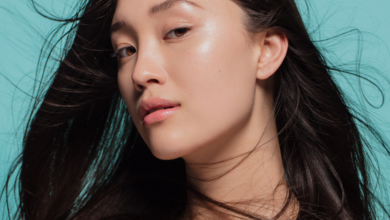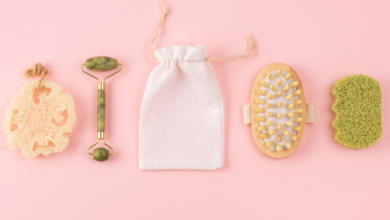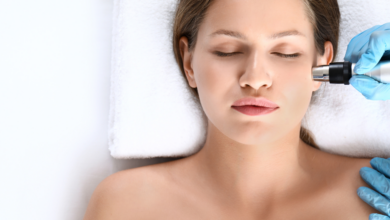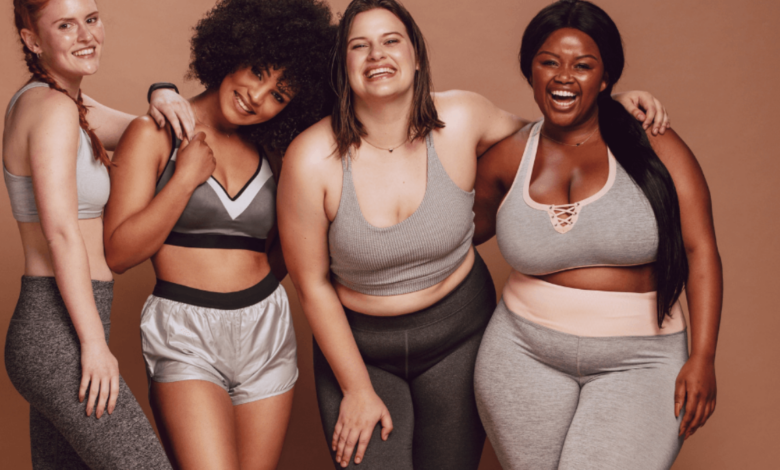
In today’s society, the conventional beauty standards have long been dictated by a narrow definition of what is considered beautiful. However, there is a growing movement that aims to challenge these norms and embrace the beauty found in all skin textures and tones. This article will explore the importance of redefining beauty standards and how embracing diversity in skin textures and tones can have a profound impact on our perceptions of beauty. By recognizing and celebrating the unique qualities of all individuals, we can create a more inclusive and accepting society.
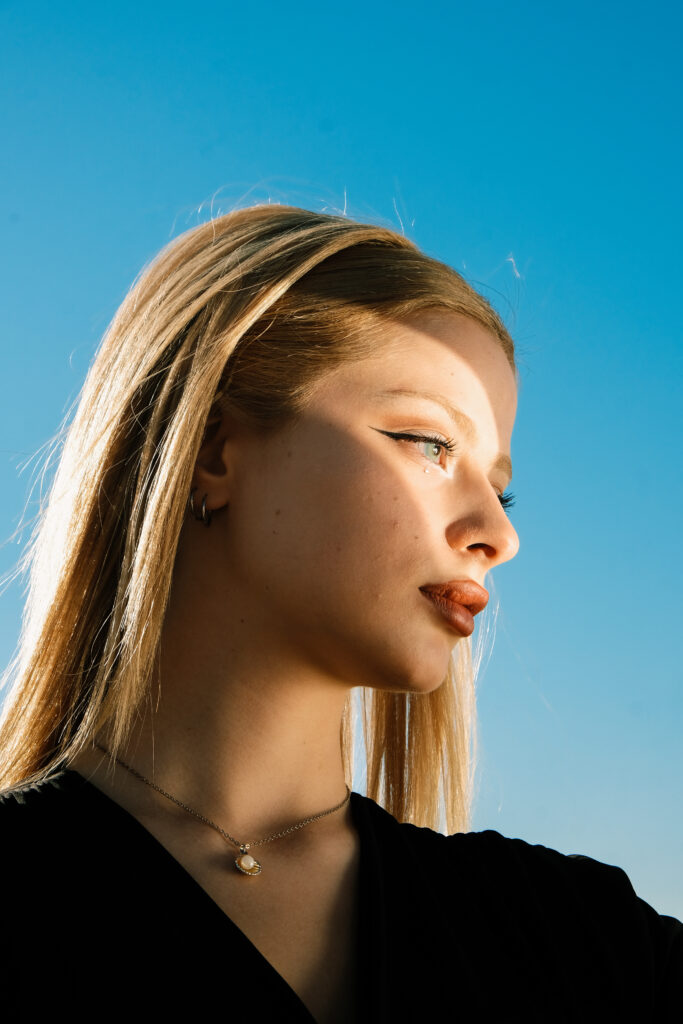
Understanding Beauty Standards
The history of beauty standards
Beauty standards have evolved over centuries, shaped by cultural, societal, and historical influences. Throughout history, different cultures have held varying ideals of beauty, often reflecting the prevailing social and economic conditions of the time. For example, in ancient Greece, beauty was associated with symmetry and proportion, while in the Middle Ages, pale skin was considered a mark of wealth and status.
The role of media in setting beauty standards
The media plays a significant role in shaping beauty standards in modern society. Advertisements, fashion magazines, and popular culture often reinforce certain beauty ideals, presenting a narrow definition of attractiveness that is highly unattainable for many individuals. The portrayal of airbrushed and photoshopped images creates unrealistic expectations about appearance and perpetuates a cycle of self-doubt and insecurity.
The impact of beauty standards on individuals
Beauty standards can have profound effects on individuals’ self-esteem and body image. Many people, especially women, feel pressure to conform to societal beauty norms, which can lead to feelings of inadequacy and a negative self-image. This pressure can also result in the development of unhealthy behaviors such as excessive dieting, cosmetic surgery, and obsession with appearance. The negative impact of beauty standards goes beyond individuals, contributing to a culture of judgment and marginalization.

The Problem with Traditional Beauty Standards
Exclusion of diverse skin textures and tones
Traditional beauty standards often exclude individuals with diverse skin textures and tones. Historically, there has been a pervasive bias towards Eurocentric beauty ideals, favoring lighter skin tones and straight hair over darker complexions and natural hair textures. This exclusion perpetuates a harmful standard that fails to recognize the inherent beauty and diversity of different skin tones and textures.
Promotion of Eurocentric beauty ideals
Eurocentric beauty ideals have long dominated global beauty standards, often marginalizing individuals with non-European features. Narrow definitions of beauty have resulted in the underrepresentation and erasure of diverse ethnicities and cultures. This not only reinforces the effects of colonialism but also fails to acknowledge the beauty and richness found in different racial and ethnic backgrounds.
Negative effects on self-esteem and body image
The perpetuation of traditional beauty standards has detrimental effects on individuals’ self-esteem and body image. Many people internalize societal norms, leading to feelings of inadequacy if they do not meet the prescribed beauty ideals. This can contribute to low self-esteem, body dysmorphia, and a distorted self-perception. It is crucial to recognize the harmful impact of these beauty standards and work towards a more inclusive and positive approach to beauty.

The Rise of Inclusivity in Beauty
Diversity and representation in the beauty industry
In recent years, there has been a significant shift towards inclusivity in the beauty industry. Brands are recognizing the need to cater to a wider range of skin tones and textures, and diversity is becoming increasingly important in advertising campaigns. This increased representation allows individuals from all backgrounds to see themselves and their beauty reflected in the media, fostering a sense of validation and inclusivity.
Influencers and brands embracing all skin textures and tones
The rise of social media influencers has played a significant role in challenging traditional beauty standards. Influencers who celebrate and embrace their natural skin textures and tones have gained popularity, influencing a new generation of beauty enthusiasts. Brands are also recognizing the power of inclusivity, developing products and campaigns that cater to a diverse range of skin tones and textures.
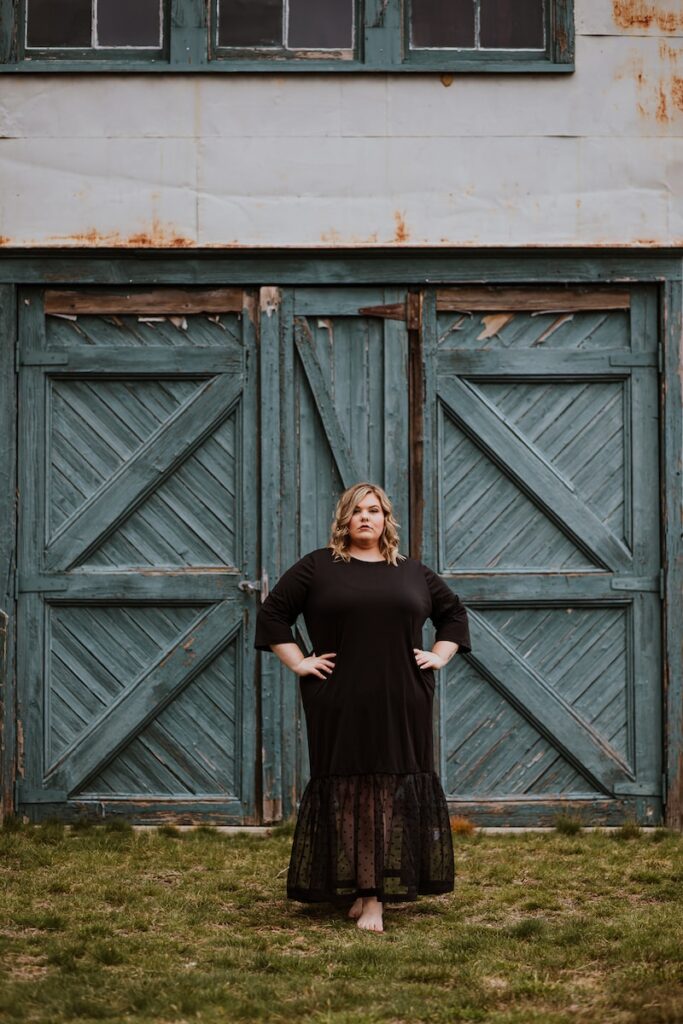
Challenging Colorism
Definition and impact of colorism
Colorism refers to the discrimination or prejudice based on skin color, generally favoring lighter skin tones over darker ones. This form of discrimination is deeply rooted in historical and societal constructs, often perpetuated through media and cultural practices. Colorism not only perpetuates harmful beauty standards but also contributes to systemic inequality and social hierarchies.
Highlighting the beauty of all skin tones
Challenging colorism involves celebrating the beauty of all skin tones. This means acknowledging and appreciating the unique qualities and characteristics that different skin tones possess. By highlighting the beauty found in darker skin tones, we can challenge long-standing beauty standards and foster a more inclusive and accepting society.
Fighting against colorism in society
To fight against colorism, it is crucial to foster education and awareness. This involves challenging biases and stereotypes associated with different skin tones, promoting equal representation in media and popular culture, and advocating for policies that protect individuals from discrimination based on their skin color. By working collectively, we can dismantle the harmful effects of colorism and create a society that embraces and celebrates diversity.
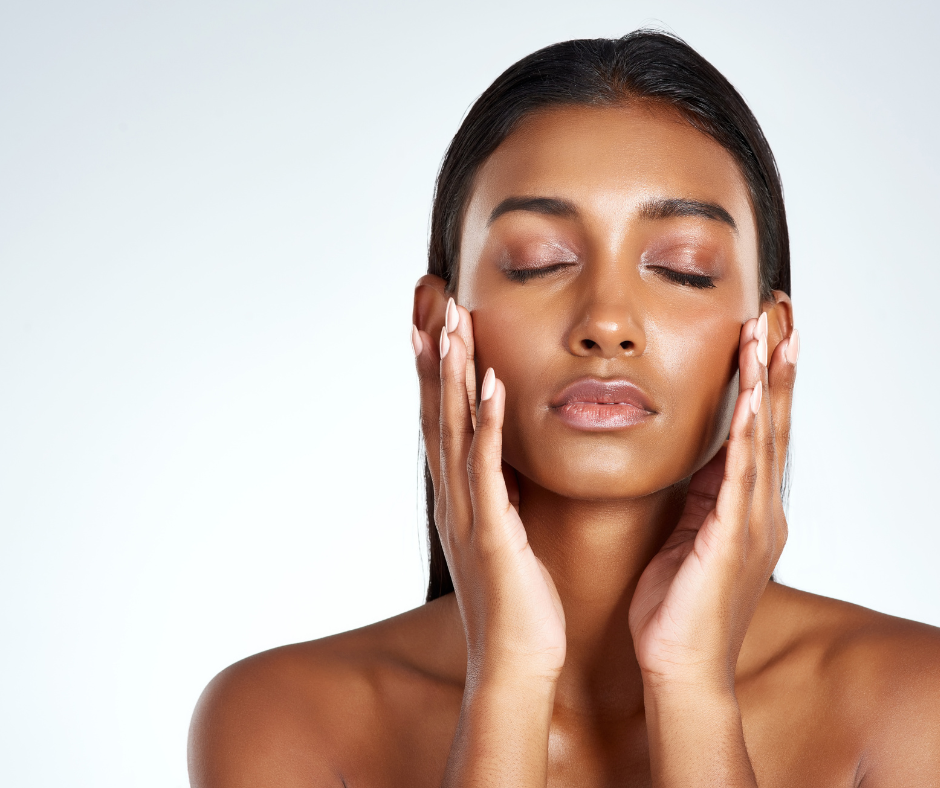
Celebrating Natural Textures
Appreciating the diversity of natural hair textures
Natural hair textures are incredibly diverse, ranging from tight curls to loose waves and everything in between. It is essential to recognize the beauty and uniqueness of each texture, avoiding any attempts to conform to Eurocentric ideals by altering or straightening natural hair. Embracing natural hair textures is a powerful way to challenge traditional beauty standards and celebrate individuality.
The natural hair movement
The natural hair movement has gained traction in recent years, as individuals embrace and celebrate their natural hair textures. This movement encourages people to accept and love their hair as it naturally grows, rejecting the societal expectation to conform to Eurocentric beauty ideals. By embracing natural hair, individuals reclaim their identity and challenge long-standing notions of beauty.
Hair care products and routines for different textures
As more people embrace their natural hair textures, the demand for hair care products and routines tailored to specific textures has increased. Brands are recognizing the need to cater to a wide range of hair types, offering a variety of products that promote healthy, beautiful hair. From hydrating creams for coils and kinks to volumizing sprays for waves and curls, individuals now have access to products that enhance and nourish their natural hair textures.

Promoting Self-Acceptance and Body Positivity
Accepting and loving oneself
Promoting self-acceptance involves recognizing and celebrating one’s unique qualities and embracing them without judgment or comparison. By acknowledging our worth beyond physical appearance, we can cultivate a positive self-image and a healthier relationship with ourselves. Embracing self-acceptance allows individuals to focus on their inner qualities and talents, fostering personal growth and genuine happiness.
Embracing individuality
Embracing individuality means celebrating the things that set us apart from others. Each person has a unique combination of experiences, talents, and qualities that make them special. By embracing our individuality, we can break free from the constraints of societal beauty standards and find beauty in our authenticity. This mindset encourages others to do the same, creating a more accepting and inclusive society.
Promoting a healthy body image
Promoting a healthy body image entails recognizing that beauty comes in all shapes, sizes, and forms. It involves challenging unrealistic beauty ideals and embracing the diversity and uniqueness of the human body. By prioritizing self-care, self-love, and a positive mindset, individuals can cultivate a healthy body image and inspire others to do the same.
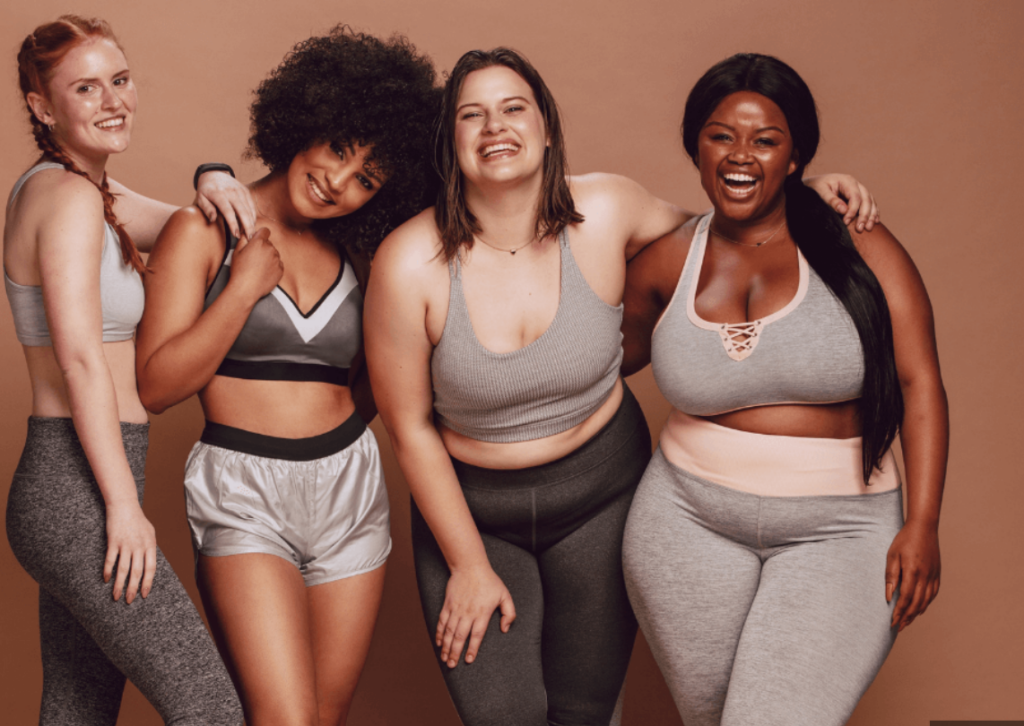
Empowering Individuals to Define Beauty for Themselves
Encouraging self-expression through makeup and fashion
Makeup and fashion can be powerful tools for self-expression. By experimenting with different styles, colors, and techniques, individuals can define and celebrate their own unique beauty. Encouraging self-expression allows people to break free from societal expectations and embrace their creativity. Whether it’s through bold makeup looks or unconventional fashion choices, individuals can express their authentic selves and redefine beauty on their own terms.
Breaking free from societal expectations
Breaking free from societal expectations means challenging the rigid beauty standards imposed by society. It involves recognizing that individuals have the right to define beauty for themselves and celebrating diverse expressions of beauty. By rejecting narrow ideals and embracing personal preferences, individuals can create space for inclusivity, acceptance, and self-expression.
Appreciating beauty beyond physical appearance
True beauty extends beyond physical appearance. It encompasses kindness, compassion, strength, and resilience. By appreciating the beauty within ourselves and others, we can foster a more compassionate and inclusive society. It is essential to value inner qualities and character, recognizing that true beauty lies in the richness of individuals’ hearts and minds.
Educating for Change
Integrating diverse beauty standards in education
Education plays a crucial role in challenging and reshaping beauty standards. By integrating diverse beauty standards into the curriculum, we can educate future generations about the importance of inclusivity and acceptance. Teaching children and young adults about the history of beauty standards, the impact of media, and the value of diversity will help create a more informed and compassionate society.
Raising awareness about beauty diversity and its importance
Raising awareness about beauty diversity involves highlighting the detrimental effects of exclusive beauty standards and advocating for a more inclusive approach to beauty. Through public campaigns, media outreach, and educational initiatives, we can bring attention to the importance of embracing all skin textures and tones. By amplifying diverse voices and experiences, we can challenge outdated beauty norms and promote a more inclusive society.
Supporting inclusive initiatives and organizations
Supporting inclusive initiatives and organizations is essential for creating positive change. By donating to and volunteering with organizations that prioritize diversity and inclusivity, we can contribute to the efforts of dismantling exclusive beauty standards. Additionally, supporting brands that prioritize diversity and inclusivity sends a powerful message to the beauty industry, encouraging more widespread change and representation.
Shifting the Beauty Industry
The role of the beauty industry in promoting inclusivity
The beauty industry has a significant influence on beauty standards. Brands and industry leaders have the power to shift traditional beauty standards by embracing inclusivity and diversity. By launching products that cater to a wide range of skin tones and textures, featuring diverse models in their advertising campaigns, and promoting realistic and inclusive beauty ideals, the beauty industry can drive significant change.
The importance of representation in advertising and media
Representation in advertising and media is critical for challenging traditional beauty standards. By featuring individuals with diverse skin tones and textures in campaigns, brands contribute to the recognition and celebration of various beauty ideals. This representation normalizes the presence of all skin textures and tones, promoting acceptance and inclusivity.
Supporting brands that prioritize diversity
Consumer choices can drive change in the beauty industry. By supporting brands that prioritize diversity and inclusivity, individuals send a clear message to the industry that inclusivity is essential. Purchasing products from brands that embrace diverse beauty standards helps create a demand for inclusive beauty and encourages other brands to follow suit.
Conclusion
Embracing all skin textures and tones is crucial for creating a more inclusive and accepting society. Traditional beauty standards have perpetuated unrealistic and exclusive ideals for too long, resulting in the erasure and marginalization of diverse individuals. By challenging these beauty standards, celebrating uniqueness, and promoting inclusivity, we can redefine beauty on our own terms. It is through education, awareness, and collective action that we can shift societal norms, empower individuals, and create a world where everyone’s beauty is recognized and celebrated.


